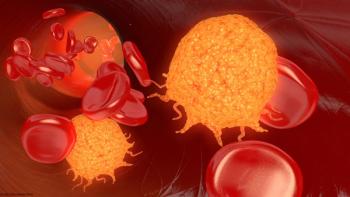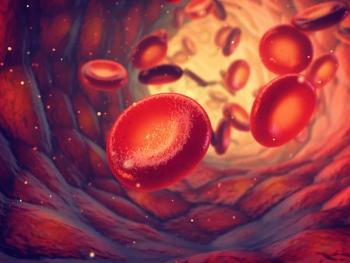
Using Biopsies to Inform Response Characteristics in Kidney Cancer

Observing changes in the tumor microenvironment before and after a biopsy may elucidate how kidney cancer cells interact with immune cells.
As part of a collaboration with KidneyCAN, CancerNetwork® spoke with Eric Jonasch, MD, regarding biopsy-driven research organized by the Kidney Cancer Research Consortium to better understand how patients with kidney cancer respond to therapy.
Jonasch, a professor in the Department of Genitourinary Medical Oncology of the Division of Cancer Medicine and the director of the von Hippel Lindau Center at The University of Texas MD Anderson Cancer Center, described a process of collecting biopsies during a patient’s treatment course for kidney cancer. By observing differences in the tumor microenvironment before and after biopsy collection, it may be possible to determine whether patients require new types of treatment for their disease.
KidneyCAN is a nonprofit organization with a mission to accelerate cures for kidney cancer through education, advocacy, and research funding. Learn more about KidneyCAN’s mission and work
Transcript:
[For] most of the clinical trials that we are launching, we’re trying to incorporate the use of biopsies, mainly on treatment. We will have, at baseline, some biopsies as well that will have been acquired in the course of the patient’s care. We want to look at how the tumor microenvironment changes as a function of the therapy we’re giving. You have a pre-biopsy [and] a post-biopsy; how does it change? By looking at these changes, we’re going to be able to understand—in those individuals who are responding—what the characteristics of the cancer cells interacting with the immune cells. Conversely, in individuals who aren’t responding, how does that microenvironment look? By looking at what’s good and what’s not good with regard to a response at a tissue level, we can then generate hypotheses. “Well, here’s why the response isn’t occurring.”
There might be something here. By understanding that, we can then postulate that new types of treatments might be needed for those individuals. That’s what we’re trying to do. Having what I would call a data-rich and knowledge-rich set of trials allows us to make multiple observations within a smaller data set of patients, which is more efficient. It’s better for patients; fewer patients have to be tested, and we gain knowledge faster.
Newsletter
Stay up to date on recent advances in the multidisciplinary approach to cancer.


















































































